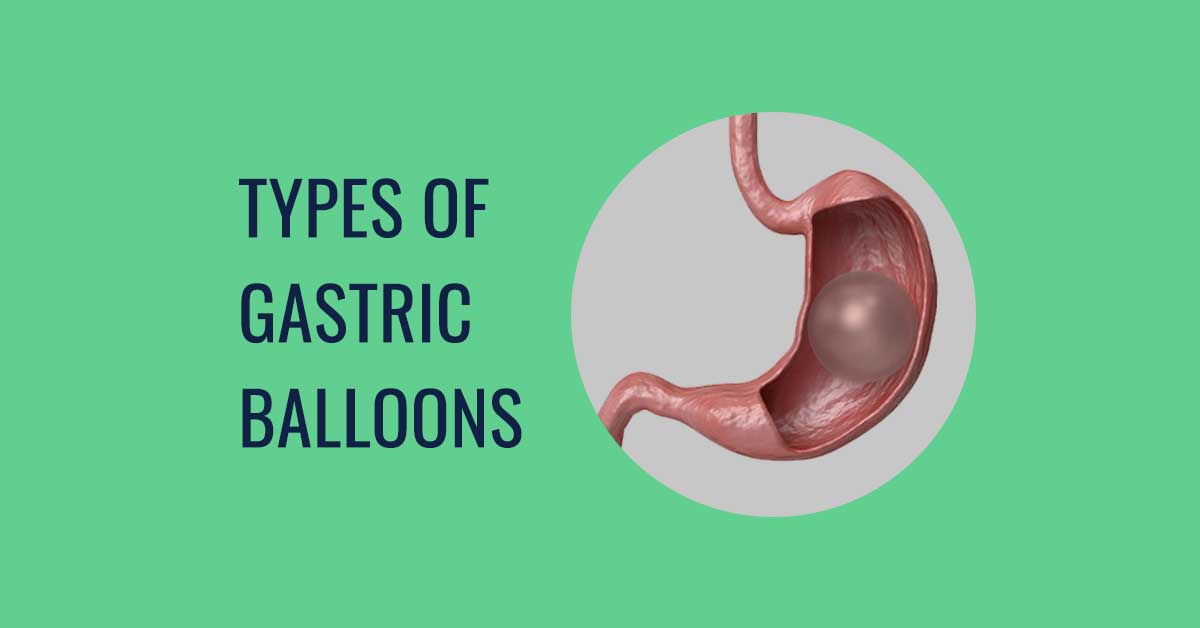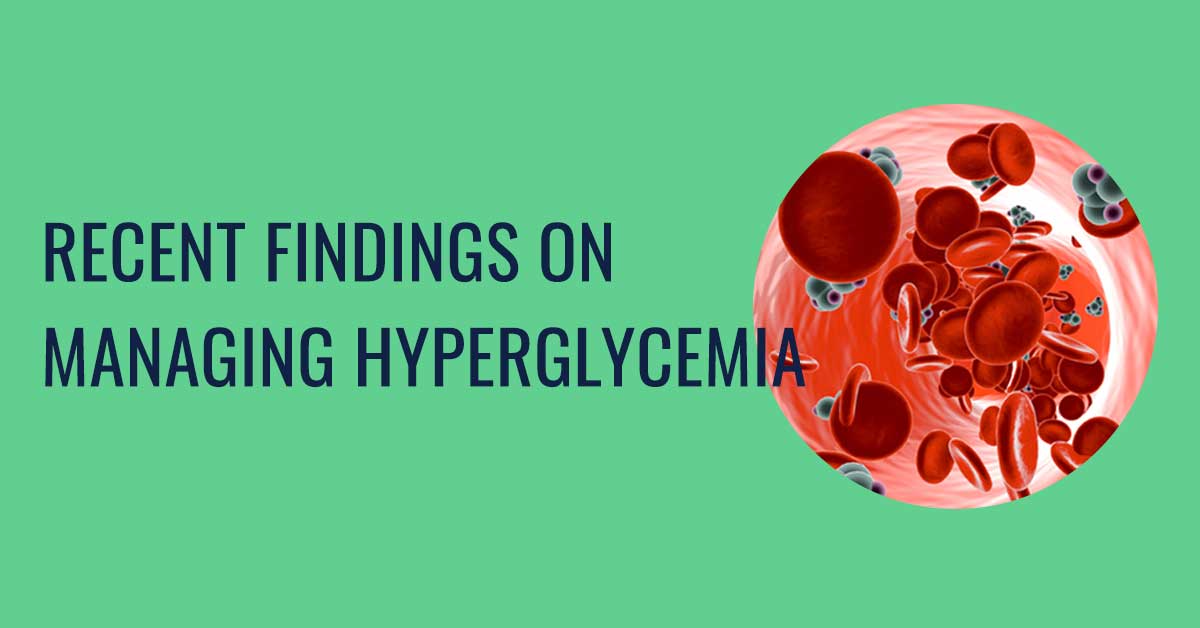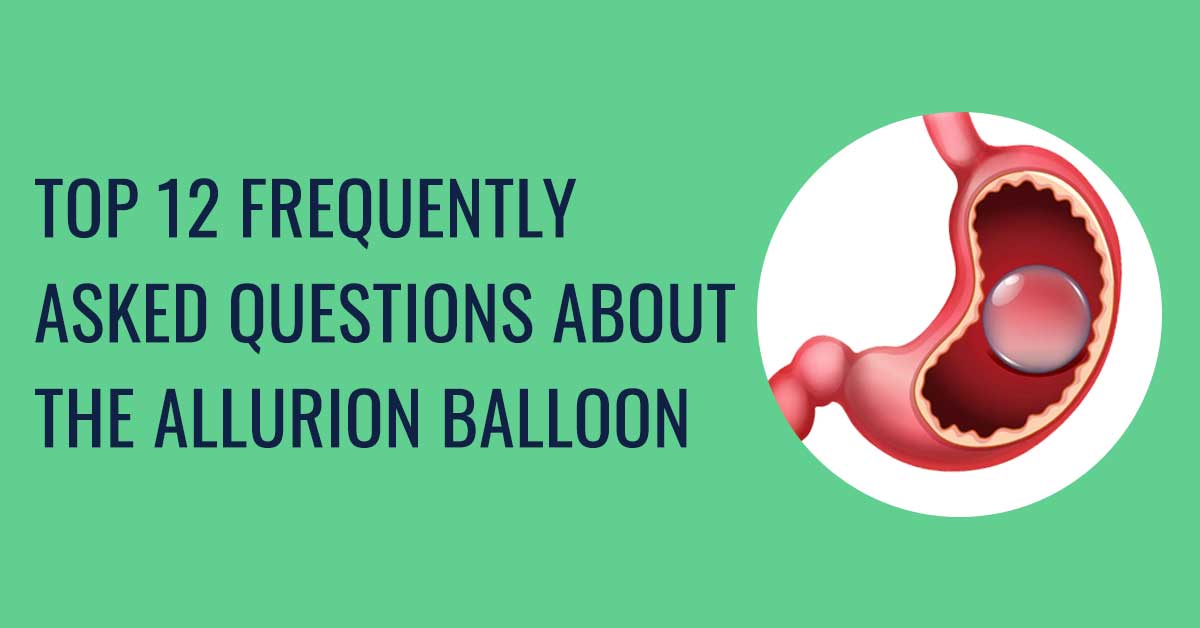Today, the world sees the rate of morbid obesity spiking continuously on a global scale with each passing year. With over half a billion people suffering from morbid obesity, it is now one of the greatest health crises that man has ever faced.
For an individual suffering from morbid obesity, it could mean a decrease in life expectancy. It also always means an increase in the risk of obesity-associated comorbidities such as type 2 diabetes, heart disease, hypertension, non-alcoholic fatty liver, sleep apnea, and even cancer. Over time, it may also cause severely detrimental psychological and social conditions for the patient.
However, advances in the field of medicine keep presenting new and improved methods to combat this condition. Studies show that endoscopic bariatric treatments, such as intragastric balloons, yield better results than lifestyle changes or pharmacological treatments. In this article, we will explore the many different kinds of gastric balloons that are currently available.
What Is An Intragastric Balloon?
Simply, intragastric balloons or IGBs, are some of the most effective and safest treatment options available for obesity. It is a temporary solution, ideal for patients who haven’t seen satisfactory results through conventional treatment methods and do not wish to undergo/ do not qualify for bariatric surgery. The IGB treatment results range at an average weight loss of over 18% and a 60% loss of excess weight. They also have an excellent track record of decreasing the risk of comorbidities associated with morbid obesity.
Intragastric balloons are inflatable balloons that are inserted orally with an endoscope into the stomach, and therefore, are minimally invasive. It is a space-occupying procedure that achieves results by restricting the volume of the stomach. The balloon, when inside the stomach, fills up and occupies a portion of it, reducing the amount of food that you can eat in one sitting. The reduction of gastric capacity also results in a continuous feeling of satiety, thus reducing one’s overall food intake. It also delays gastric emptying, which further emphasizes the induced fullness of the stomach. As a consequence, the overall food intake is greatly reduced, resulting in significant achievements in weight loss.
As decided at the Brazilian Intragastric Balloon Consensus in 2016, a candidate for an intragastric balloon treatment should be over the age of 12 with a minimum BMI of 25. They should also have had unsatisfactory results from prior conventional weight-loss therapies and not be suitable for bariatric surgery. However, if you opt for an intragastric balloon treatment, your consultant will decide if you fit the criteria for the procedure.
Types Of Gastric Balloons
The Orbera Intragastric Balloon is one of the oldest ones that are currently in use. Due to the vast amount of data available on it and its proven track record, the Orbera IGB is currently one of the most popular and commonly used intragastric balloons.
It is an elastic, spherical, silicone balloon, about 13 cm in diameter when inflated. The compressed balloon is inserted into the patient’s stomach after sedation, with the use of an endoscope. After precisely placing it in the gastric fundus, it is filled with a sterile, saline solution. This is done via a catheter that is attached to a self-sealing valve on the balloon. The balloon, when filled, holds up to 500 – 700 ml of the saline solution. Upon complete inflation, the valve of the balloon seals itself and the catheter is released. The balloon is left freely floating in the fundus of the stomach.
The Orbera balloon can remain safely in the patient’s stomach for 6 months. After that, it has to be endoscopically deflated and removed. The removal process is also carried out under sedation.
Like the Orbera, the Spatz Adjustable Balloon system is also an inflatable silicone balloon that is filled up with a saline solution. The balloon has a specialized valve that allows the saline fluid to be added as well as removed. The inflated balloon can hold up to 400 – 800 ml of the saline solution.
The Spatz3 balloon is inserted orally with the help of an endoscope into the patient’s stomach. It is then filled up with the use of a catheter that is attached to it. The volume of the balloon can be adjusted to achieve greater results in weight loss. Furthermore, these adjustments are not limited to the initial inflation, but thanks to the specialized valve, can also be done at any time throughout the treatment period. Moreover, the Spatz3 intragastric balloon can be left in the stomach for 12 months, giving patients more time to adjust to the new dietary routines. As a consequence, results can be observed over a longer period of time.
The deflation and extraction of the balloon are carried out endoscopically under anesthesia.
Reshape Duo
The third fluid-filled intragastric balloon on our list is the ReShape Duo Integrated Balloon System.
It is considerably different from the above mentioned Orbera and Spatz3 balloons. The ReShape Duo balloon system is made up of independently filled silicone spheres that are connected to each other via a non-communicating flexible silicone shaft. The purpose of this connected dual sphere system is to minimize the risk of a balloon’s intestinal migration in case one of the balloons accidentally deflates within the stomach. The manufacturers claim that the ReShape Duo system, with its flexible connecting shaft, allows the balloons to better integrate into the shape of the stomach.
The balloons are inserted orally with the use of an endoscope and placed within the stomach. The balloons are filled up separately with a saline solution, each holding up to 450 ml. Upon full inflation, the ReShape Duo system occupies a large portion of the stomach, almost 900 ml, without altering its natural shape. As a result, the patient’s caloric intake is significantly reduced, allowing them to achieve significant results in weight loss. The advantage of the dual balloon system is that it reduces the risk of complications arising from the internal deflation of IGBs. With ReShape Duo, even if one balloon does accidentally deflate, the other balloon will hold the system in place within the stomach.
The ReShape Duo Integrated Balloon System is left within the stomach for 6 months, after which it is deflated and retrieved endoscopically with the use of anesthesia.
Elipse
The Elipse intragastric balloon is the first swallowable IGB on our list, as well as the least invasive. It does not require sedation or endoscopic insertion for implantation or removal.
The balloon is made up of a thin, flexible polymer film and comes enclosed within a small, vegetarian capsule attached via a self-sealing valve to a thin catheter. It is easily swallowed and inflated with 550 ml of distilled water with a potassium sorbate preservative. The positioning within the stomach is confirmed by X-ray. The catheter is then gently pulled out, allowing the valve to self-seal. The liquid within the balloon is resorbable, and the balloon spontaneously degrades within the stomach after a period of time. The deflated balloon is removed by excretion via the digestive tract. It can be left in the stomach for 4 months.
As the Elipse intragastric balloon does not require sedation or endoscopy for implantation or removal, it is an ideal choice for patients who have qualms about bariatric surgery or even other minimally invasive treatments.
Air-filled
The advantage of an air-filled intragastric balloon over a fluid-filled intragastric balloon is that it discards the additional weight of liquid within the stomach, which can sometimes cause nausea, vomiting, and epigastric pains. Here, we will take a look at the two most popular air-filled intragastric balloons currently available.
Obalon
The Obalon Gastric Balloon is a thin-walled, swallowable intragastric balloon, set within a gelatin capsule. The treatment consists of a series of 3 balloons, each holding up to 250 ml of gas, which can be swallowed by the patient at one-month intervals.
Implantation is easy, as the balloon is swallowed by the patient, along with a catheter attached to it via a self-sealing valve. The placement of the capsule within the stomach is monitored by fluoroscopy. Within the stomach, the gelatin capsule disintegrates, releasing the balloon. The balloon is then filled with a nitrogen-based proprietary gas from a canister, and once fully inflated, the catheter is retrieved orally, allowing the valve to self-seal.
The Obalon IGBs can remain in the stomach for up to 6 months. All 3 balloons are removed simultaneously under sedation. They are punctured within the stomach and retrieved endoscopically.
Heliosphere
The last intragastric balloon on our list, the Heliosphere Bag, is a spherical balloon made of polyurethane with an external silicone envelope. The balloon holds roughly 900 – 1000 ml of air and weighs less than 30 g.
Implantation is carried out endoscopically, and once the balloon is within the stomach, it is filled up with air. The Heliosphere bag can be left in the stomach for 6 months. Removal of the balloon is also carried out endoscopically.
Do not hesitate to contact us to find out more about the intragastric balloon treatments that we offer at HealthyWeight Australia, or click here to visit our website.











